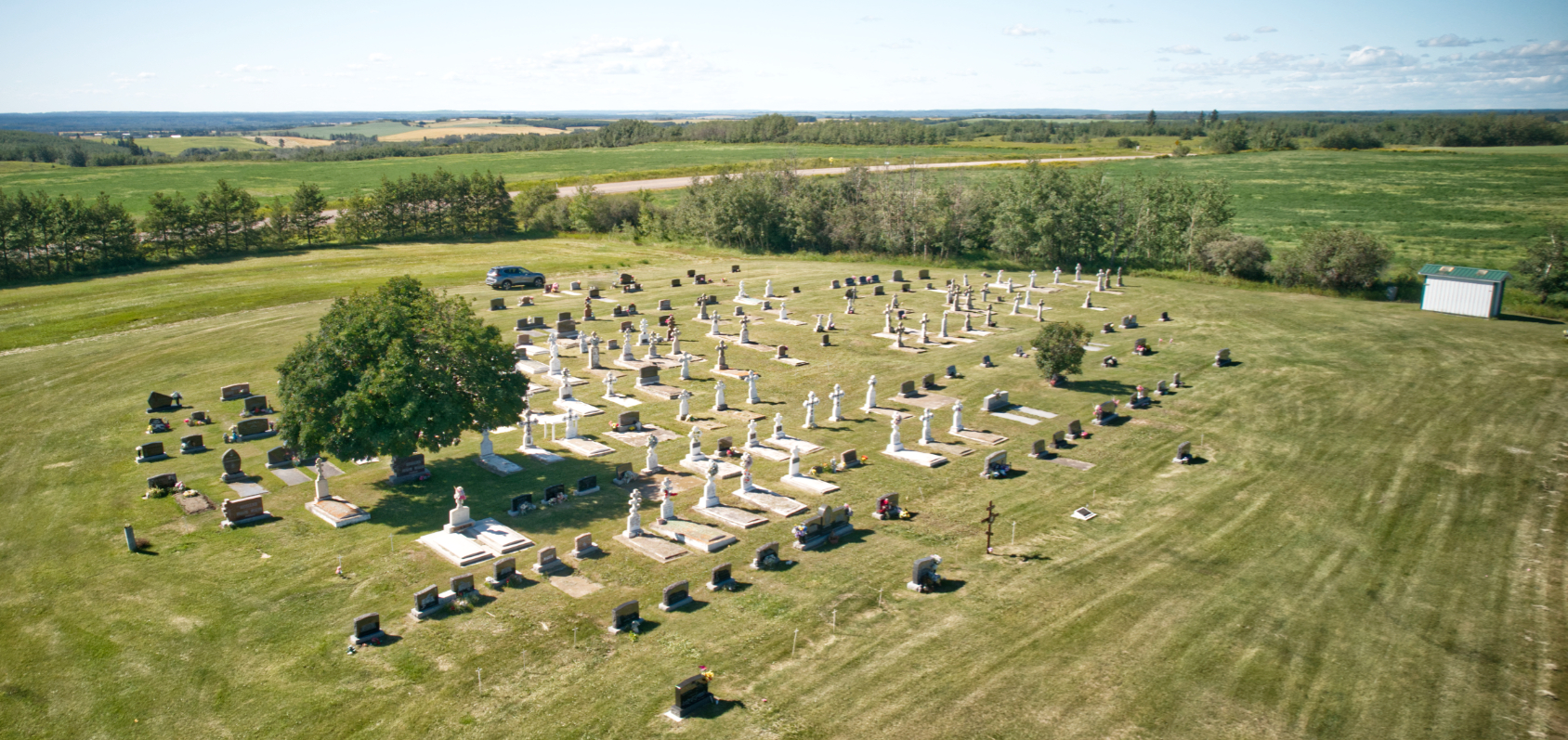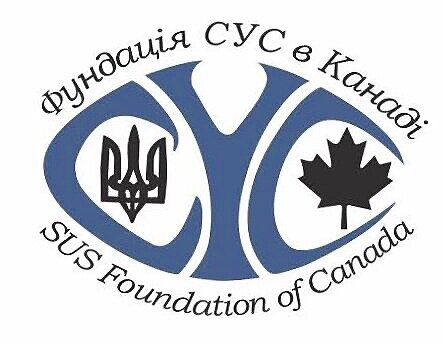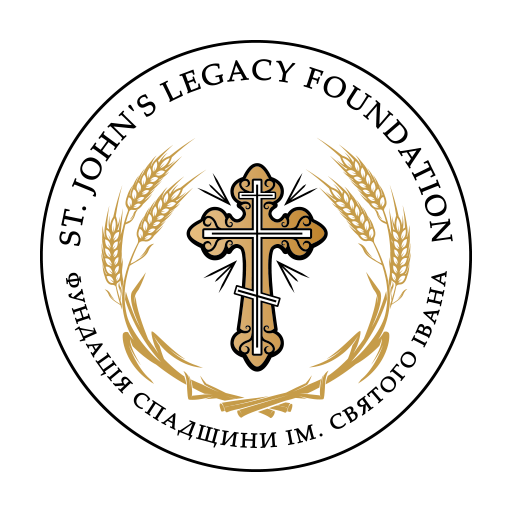The Temple of Saints Peter and Paul is situated on the far north bank of the North Saskatchewan River, not very far from Smoky Lake. Built by Bucovinian immigrants, this Temple has served a large flock of believers, including those of smaller nearby farm-site Temples. The community first organised itself in 1906, and then prepared to build a suitable Temple for worship.
The construction itself took several years. The whole project was led by Stephan Rosychuk, who was hired to lead the work. Mr. Rosychuk had earlier led in the building of the Temple of the Dormition of the Theotokos (Saint Mary's) in Shandro, on the south side of the North Saskatchewan River. Although he was illiterate, he was nevertheless able to make plans for this and other Temples based on his recollection of architecture in his homeland.
Constructed from logs, it is one of the region's first cruciform Temples. Siding was first applied in 1915. It is also one of the first to have a completely open dome on an open drum. As well, the dome was not a cautious, small-scale experiment. The ceiling extends to a full 20 metres above the floor-level. There are other distinctive features. As with the Temple of the Dormition in Shandro, the belfry is positioned on top of the narthex, and it forms an integral part of the structure. Unlike most other cruciform Temples, the arms of the Cross (the north and south wings) are apsidal rather than rectangular in shape. This shape emphasises the height of the building; however, in Romania, this shape is not uncommon. It is in these 2 north-and-south apses that the choir might normally stand and sing.
As were other communities, this one was registered under the incorporation of the Orthodox Bishop in the Statutes of the North-West Territories. The incorporation of the bishop-and-parishes had been accomplished in 1903 by Bishop Tikhon (Belavin). Thus, the beginning of the history of this parish was within the “Russian Mission”. This was the popular name for what was at that time called the Diocese of the Aleutians and North America. It was Saint Tikhon who began using the term “Russo-Greek Orthodox” to describe the majority of Canadian parishes under his omophor.
The Temple building itself was constructed from logs, without blueprints, and by local farmers. It is a recognized, historical site nowadays, and it can be seen from a great distance, because of its position on the elevated bank.
Historically, this community has been a central focus for other farm communities nearby (such as Holy Ascension, Wasel), and some monastic communities were long ago established on and near the present Temple site.
In 1924, the Priest Nicholas Lewko painted the interior and the exterior of the Temple. Since then, the congregation has maintained the appearance faithfully. The 2-tiered iconostas is itself a demonstration of the love and care taken by the faithful parishioners in adorning the worship of the Lord. As with other Temples, there are no pews. There are, however, benches along the sides for the elderly and others who may need them.
In more recent years, a parish hall was constructed to the north of the Temple.
The Saints Peter and Paul Cemetery is located on Township Road #584 and Highway #587, Bellis, Alberta. In fact, the cemetery is on a portion of the property which is just to the northwest of the Temple.
Go HERE for more information and history of this parish.

Play Memory Eternal Chants
Visit this Cemetery
GPS Co-ordinates: 54.042953, -112.134379
Cemetery Co-ordinates: 54.043847, -112.135773
Affiliation: Orthodox Church in America



 Financial support generously provided by:
Financial support generously provided by: 